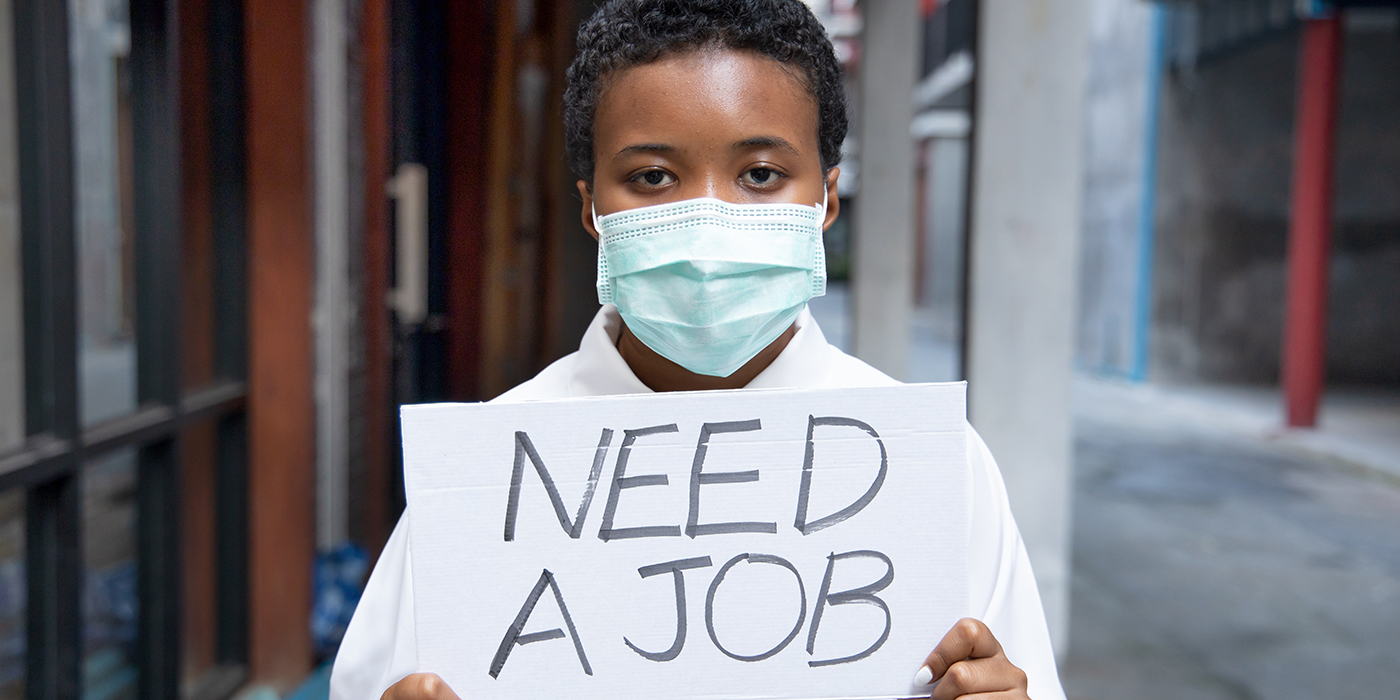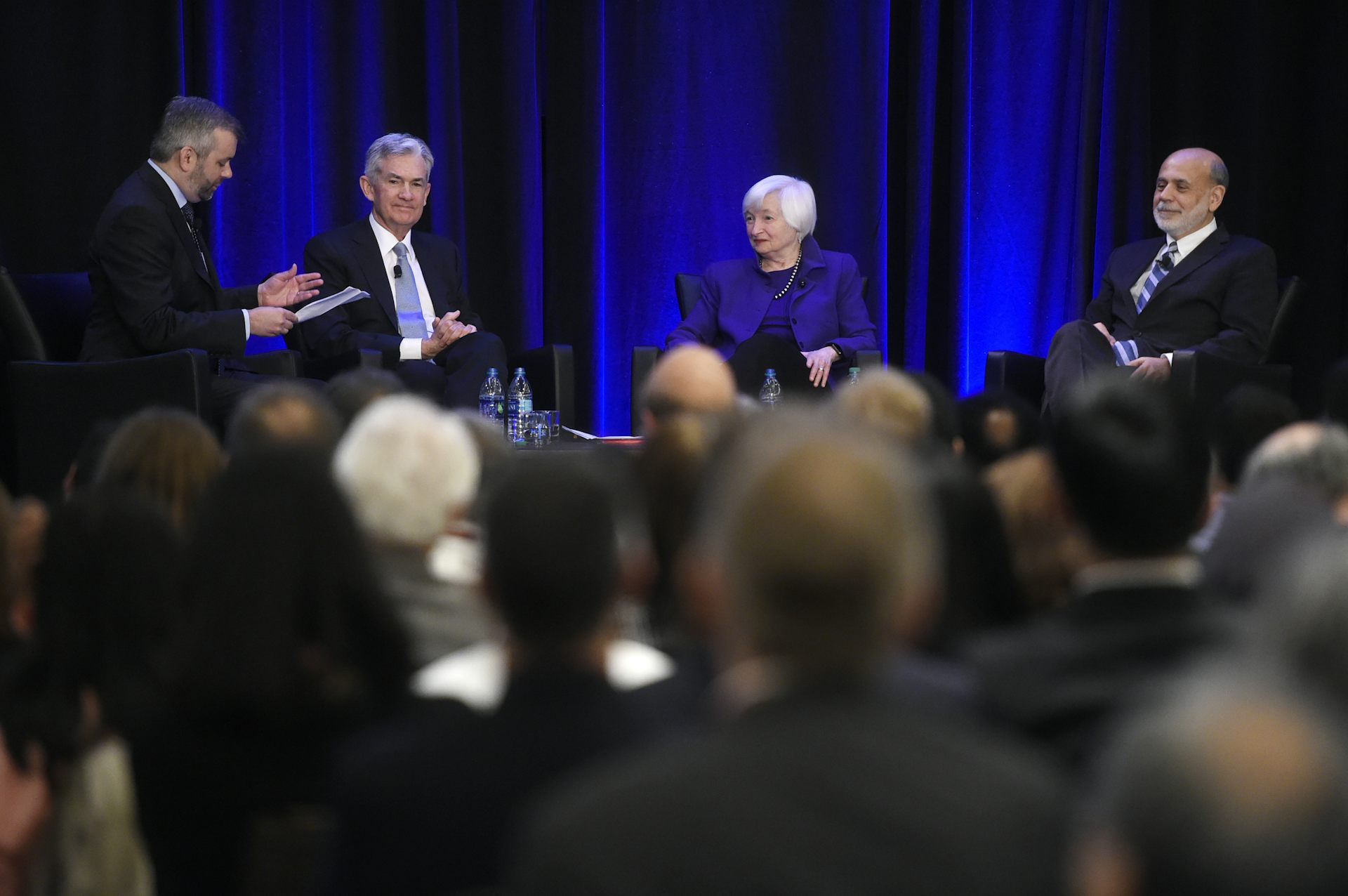Researchers from Tulane University and University of Maryland published a new paper in the Journal of Marketing that examines the dynamic interplay between free and paid versions of an app over its lifetime and suggests a possible remedy for the failure of apps. The study, forthcoming in the Journal of Marketing, is titled “Managing the Versioning Decision over...
Business
Can We End the Cage Age?
Between 2018 and 2020, 1.4 million EU citizens signed the petition ‘End the Cage Age’, with the aim of ending cage housing for farm animals in Europe. In response to this citizens initiative, the European Parliament requested a study by Utrecht University researchers on the possibilities to end cage housing. On 13 April, the scientists...
Having Employees Overseas Helps Companies Reap Us Tax Benefits
A recent study finds U.S. companies that have a substantial number of employees in foreign jurisdictions with lower tax rates are more likely than their peers to “artificially” locate earnings in those jurisdictions – and the Internal Revenue Service (IRS) is less likely to challenge these complex tax-planning activities. “Many politicians seek to encourage domestic...
Black and Hispanic Women, Less Educated Workers Among Those Hardest Hit by COVID-19 Job Losses
Unemployment fell to 6% in March, according to an April 2 U.S. Department of Labor report. The strongest gains were in leisure and hospitality and construction. The news was better than expected, but aggregated data doesn’t always tell the full story according to economists at Washington University in St. Louis. The unemployment rate in March for...
Its Curvature Foreshadows the Next Financial Bubble
An international team of interdisciplinary researchers has identified mathematical metrics to characterize the fragility of financial markets. Their paper “Network geometry and market instability” sheds light on the higher-order architecture of financial systems and allows analysts to identify systemic risks like market bubbles or crashes. With the recent rush of small investors into so-called meme...
Income Drives the Economy, Not Prices
Politicians and business leaders often make claims about why certain sectors in the economy are shrinking, such as the decline in U.S. manufacturing is due to robotics or trade with China. Such assessments are flawed, as the sectoral composition of the economy is mostly driven by preferences and not by productivity, according to a recent...
New Report Offers Recommendations to Strengthen U.S. Supply Chain
Shortages of personal protective equipment and medical devices, dairies pouring gallons of milk down the drain and delivery delays of online purchases. All are examples of how the COVID-19 pandemic has impacted and changed the supply chain. Mike Crum, a professor and Ruan Chair of Supply Chain Management in Iowa State University’s Ivy College of...
The Gender Gap in Economics Is Huge – It’s Even Worse Than Tech
There is no shortage of disciplines and industries rife with sexism. The STEM fields – science, technology, engineering and mathematics – are particularly well known for their misogynistic cultures. But I believe, based on my personal experience, the experiences of my fellow female economists and hard data, that there’s a strong case to be made...
Independent Music Squashed Out of Streaming Playlists and Revenue
Bands and artists on independent record labels get less than their fair share of access to the most popular playlists on streaming platforms such as Spotify – argues a new paper from the University of East Anglia. The paper looks at whether streaming platforms offer a level playing field for artists and record labels. It finds...
How Is COVID-19 Changing Americans’ Online Shopping Habits?
– Liisa Ecola, Hui Lu, Charlene Rohr, RAND Corporation Months into the coronavirus disease 2019 (COVID-19) pandemic, Americans’ online shopping habits are continuing to shift. We documented changes in online shopping habits at the beginning of the pandemic, comparing patterns from January and February (before the pandemic) with patterns from mid-March and April (when lockdowns...









